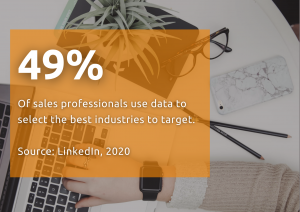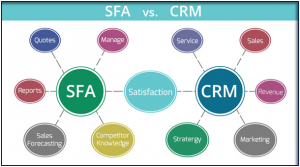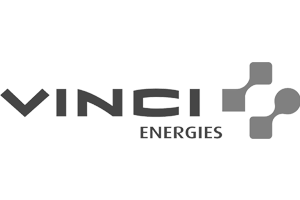Among the top sales challenges for 2020 is the disconnect between sales managers and sales professionals, relationship management, and quota attainment. (Richardson Sales Performance annual research, 2020)
Whether selling products or services, directly to customers or other companies, the goal for any given business will always be to improve sales. Using Sales Force Automation software is a great way to strengthen the pillars of any business and here are some of the benefits it can bring to your organization.
What is Sales Force Automation (SFA)?

Sales Force Automation refers to software apps for sales management. It supports automated workflows that generate a streamlined sales process to manage team performance, sales forecasts, and business leads.
Sales Force Automation is also referred to as Sales Force Management.
It is used by sales teams, and it consists of a collection of features designed to support all sales activities such as opportunity and contact management, diary sharing, task management, and email integration.
Usually, SFA is part of Customer Relationship Management or CRM system that automatically records all the stages in a sales process. Together they are used to track all communication with a customer while the purpose of the contact along with any needed follow-up are also being recorded.
How can a Sales Automation Tool help your business grow?

Getting more leads – As we all know, not everyone who responds to an email or visits your website is a lead. A sales automation tool can assist sales teams in nurturing those potential customers until they turn into quality leads who are ready to buy. When a lead is at the right stage of the buyers’ journey, the tool can automatically direct it to the right representatives at the right time. That way salespeople don’t lose time on leads that are not ready to convert yet and have more time to spend on closing deals.
Closing more deals – For any organization closing deals and generating more business is an end goal. Having a single place where all contact information is being stored can make a significant difference in the way sales processes are being handled. A sales automation tool serves as a single source of truth for sales representatives that is easily accessible from anywhere at any given time. It provides the most relevant and up-to-date information on all contacts to help find the right expertise within a sales team and quickly answer customers’ questions. Every interaction between customers and reps is safely stored and can be accessed by other team members as the deals move forward.
Increasing productivity – Having less frustrated salespeople and making sure they are supported with the right tools can have a tremendous effect on the team’s productivity. Sales automation allows to do more, from anywhere across many devices. Sales reps can respond to hot leads and work opportunities, log calls and check dashboards with ease. This gives them more flexibility and freedom to complete their tasks and boosts the quality of their customers’ interactions. Furthermore, complex business processes can be handled by automation features which can drive even more productivity within any sales team.
Making Insightful Decisions – Salespeople must make important decisions on a daily basis that can have a direct impact on a business. Having access to real-time insight can boost performance and significantly increase customers’ experience when interacting with representatives. Within an SFA tool, there can be found dashboards that provide a 360-degree, real-time picture of the business activities. For instance, detailed customer activity reports can help to better track marketing campaigns, prioritize business activities and overall, make smarter decisions using the most relevant up-to-date information.
What is the difference between Sales Force Automation and CRM?

The main purpose of SFA and CRM is to support sales teams and create automated workflows. However, there is a significant difference between them.
CRM has a prime focus on customer satisfaction and customer retention. It helps to manage and nurture relationships between a business and its customers by gathering client data (queries, purchase history, complaints, etc.) from past interactions in one centralized space. By being able to oversee and analyze this data, marketing and sales teams can improve their customers’ experience.
On the flip side, SFA’s focus is to make the sales processes as transparent and efficient as possible. An SFA software consists of pipeline management tools and sales management tools, allowing sales directors to get a clear picture of recent sales, sales reps performance, and prospects.
Is my business too small to use Sales Automation Tool?

It is a common misconception that only big businesses can use sales automation tools. Many small businesses won’t even consider automation and that could be a big mistake. The truth is small and big businesses encounter many of the same issues. Luckily, with the arrival of cloud computing now, there are many sales automation tools that are designed to suit small businesses. Not only they are affordable but also allow you to connect various disparate systems. The data automation flow between different systems will support higher efficiency and will increase productivity. SFA can be easily scaled to suit any business and be adjusted as the business grows. Therefore, any business can benefit regardless of the size.
In conclusion, CRM is a post-sale software designed to satisfy and retain current customers, while SFA is a client acquisition software created to help you manage your sales processes, team performance, sales forecasts, and business leads.
We provide a quick implementation of SAP Sales Cloud in the shortest possible time, leveraging SAP best practices and years of experience with collectively having completed over 100 SAP & CX projects across the globe.
Speak to one of our consultants to find out how we can help you automate your workflow within just a few weeks!
Would you like us to keep you up to date with the latest innovations in CX? -subscribe to our newsletter below and we’ll make sure you stay current with all the latest customer experience trends!





